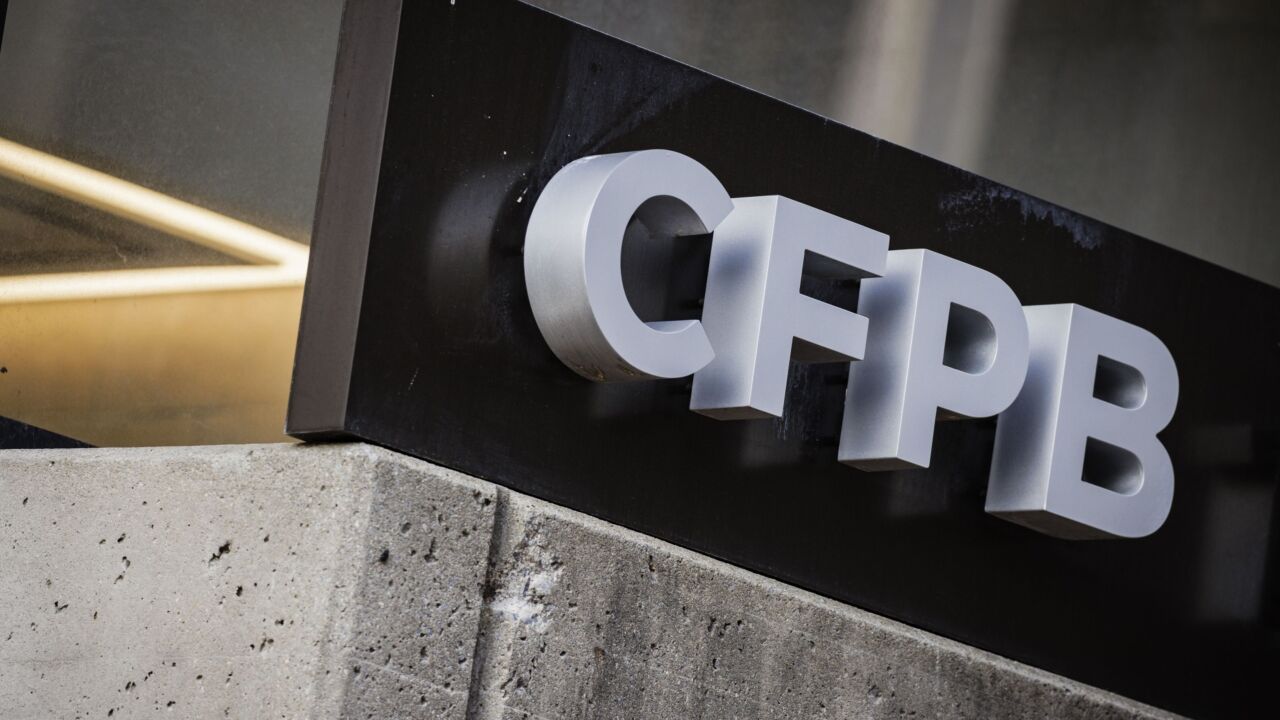Patrons of the GC Express gas station in Caro, Mich., have another choice to make at the pump: Do they want to pay with a credit union's mobile banking app?
If they agree and spend more than $10 on fuel, they get a free coffee or soda, and in return the gas station gets its customers hooked on a lower-cost payment option. In an era of big payment options like Apple Pay that launch with dozens of partners, the test at GC Express is a return to the earlier days of mobile payments when tests involved just one issuer and merchant.
"We typically like to pilot things at larger convenience store chains that have an IT staff, but one of the things this test does is show how seamless and simple the integration between Commander and a mobile payment platform is," said James Hervey, Verifone's director of product management in the Americas for petroleum solutions. "We are showing how easy this is to set up for the small-business person."
GC Express is testing technology from Verifone and mobile wallet partner mShift, which fitted the station with Verifone Commander Site Controller so that the point of sale terminal in the store can communicate with the gas pump and mShift's AnyWhereMobile payment service under the hood of the Team One Credit Union mobile banking app.
As expected with any type of mobile wallet launch, it may take some time before GC Express customers with the credit union mobile banking app to realize they can pay through their phones, said GC Express manager Kat Hofmeister.
However, Hofmeister's initial take on the process is promising. "The first transaction went through very smoothly and the integration of the system from the pump to the Verifone terminal was really easy," Hofmeister said. "As more people see the signs at the pump to use the mobile pay, I am sure we will see more transactions."
Verifone and mShift hope to have the system deployed at 20 more stations throughout Michigan by the end of the year.
"Gas station owners are looking for any way to drive down the cost of payment acceptance," said Jacqueline Snell, vice president of strategic initiatives for mShift. "And the financial institutions are seeing declining interchange revenue from their plastic card programs, so mobile payments give them an alternative to mitigate that risk."
The practice of working with a local merchant and financial institution harkens back to the earliest days of mobile wallet development, when companies like
MShift's AnyWhereMobile app doesn't garner the same attention as Apple Pay, Samsung Pay or Android Pay, but it has proven to be effective as a mobile banking app for credit unions and smaller banks. The Newark, Calif.-based company's goal has always been to
MShift has worked the past two years to place AnyWhereMobile and its direct debit from account-to-account real-time fund transfer process, rather than a cumbersome ACH or decoupled debit process, at more
Consumers using the mobile app scan a QR code on the pump and pre-authorize the transaction through a fingerprint scan or a six-digit code. That info goes from the pump to the Verifone Commander, which communicates with mShift and the credit union.
The pump is turned on after it is quickly confirmed the user has enough money in a linked checking account to purchase fuel. Payment is made directly to the merchant or into a holding account for next-day delivery.
The user gets a digital receipt and a notice to go into the convenience store for a free beverage.
The product might someday incorporate beacon technology to automatically open the mobile banking app on the phone, alerting the customer to use the app for the purchase and pick up a reward, Snell said.
The mShift model is particularly attractive to retailers, said Michael Moeser, director of payment at Javelin Strategy & Research.
"MShift is charging between 13 and 15 cents per transaction, and that's about half of what you would pay for a debit transaction and far less than a credit card," Moeser said. "It's a very compelling concept for a merchant operating as a sole proprietor business, but then you think what a company like Walmart could do with that setup."
The challenge for Verifone and mShift is that many potential clients have already decided their mobile strategies.
Shell Oil has already committed to deploying JPMorgan Chase's
Gas stations have until 2017 before facing a liability shift related to the use of
"We don't view this as a replacement of upgrading the dispensers with EMV," said Michael Tyler, Verifone's senior director of petro sales enablement and the petro marketing center. "Some segment of the market will be early adopters of mobile, and there will be others who will migrate that way, but many will still use plastic and cash for many years to come."
If anything, the advancement of a mobile payment option like that being tested at GC Express "might allow retailers to pause and think about maybe delaying EMV a little bit," Tyler said. "But it won't disrupt it in any way."





